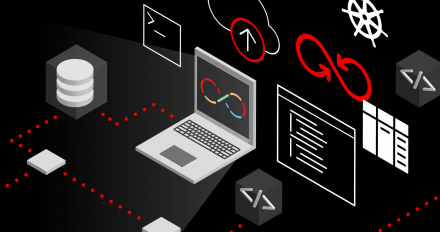
Kubernetes


Contact Sales
Contact Sales - Red Hat Developer

Join the Red Hat Developer Program | Build here. Go anywhere.
The Red Hat Developer program brings developers together to learn from each other and create more extraordinary things, faster. We serve the builders. Those who solve problems and create their careers with code.
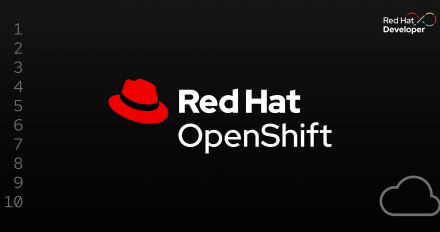
How to run MicroShift with OpenShift Local and Podman Desktop
Discover how to create a local environment running MicroShift to deploy and test Kubernetes applications on your laptop.

Observability Front and Center with the Cryostat OpenShift Console Plugin
In this article we examine the new Cryostat 4.0 OpenShift Web Console Dynamic

Effortless Java Observability with Cryostat Agent Autoconfiguration
Learn about the new Cryostat 4.0 release and the Agent Autoconfiguration feature

Get hands-on with Red Hat learning 2
Pick a topic below that interests you, then go through one of the self-paced tutorials!
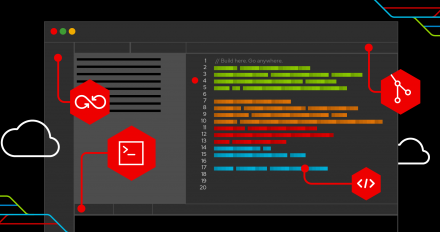
7 new features in the Network Observability CLI 1.8
Discover seven new features in the Network Observability CLI 1.8 update and explore detailed examples demonstrating all the improvements.

Tips for using templating in governance policies: Part 3
Learn about writing and debugging policies on a local machine and advanced templating available in recent Advanced Cluster Management releases (part 3 of 3).
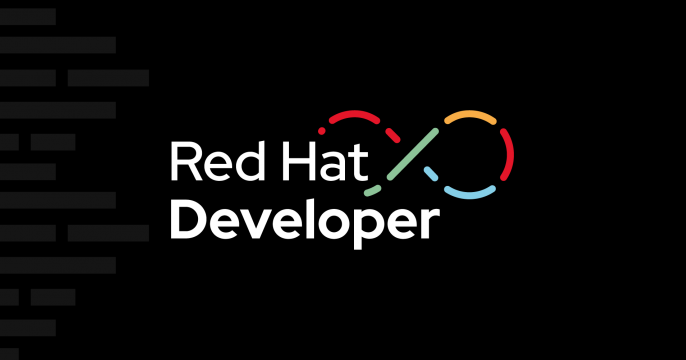
Install on Windows
Kubernetes-native Java with low memory footprint and fast boot times for microservices and serverless applications.

Install on Red Hat Enterprise Linux
Kubernetes-native Java with low memory footprint and fast boot times for microservices and serverless applications.

Install on other Linux
Kubernetes-native Java with low memory footprint and fast boot times for microservices and serverless applications.

Install on macos
Kubernetes-native Java with low memory footprint and fast boot times for microservices and serverless applications.

Get Hands-On with Red Hat Labs
Pick a topic below that interests you, then go through one of the self-paced tutorials!
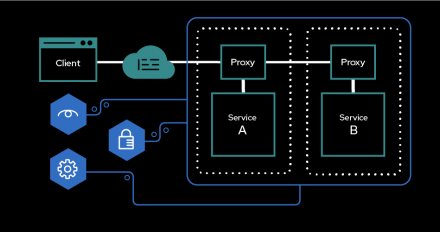
Try Istio ambient mode on Red Hat OpenShift
Discover why Istio ambient mode is better than the traditional sidecar model and how to deploy it using the Red Hat OpenShift Service Mesh 3.0 operator.
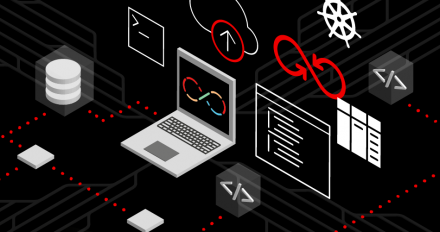
How to access and run a Quarkus workshop in Developer Sandbox
Try a hands-on workshop in the Developer Sandbox to learn about Quarkus (a Java-based framework) and its ecosystem.
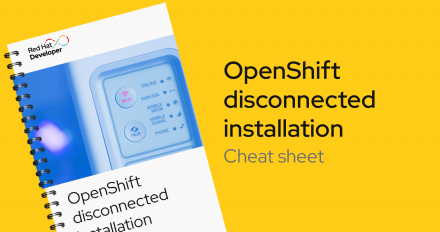
OpenShift disconnected installation cheat sheet
Learn how to install Red Hat OpenShift in disconnected environments using our step-by-step cheat sheet.
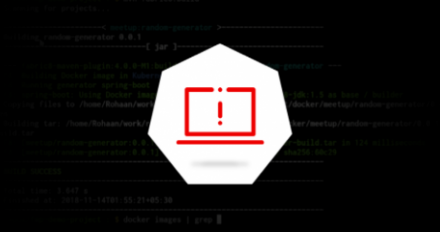
OpenShift Monitoring and Webhook Alert Notifications
OpenShift Container Platform comes equipped with a powerful, pre-configured

Benchmarking the Vertical Pod Autoscaler
This article describes benchmarking the Vertical Pod Autoscaler (VPA) in OpenShift, including recommendations for tuning VPA components.
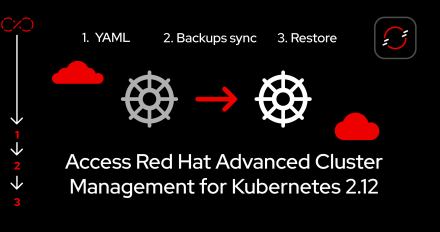
Move managed clusters using ACM 2.12 backup component
Learn how to use the hub cluster backup and restore operator to move managed

Welcome to the future of development with Red Hat OpenShift Dev Spaces
Red Hat OpenShift Dev Spaces is the number one open-source enterprise product for providing Kubernetes-based cloud development environments for enterprise teams.
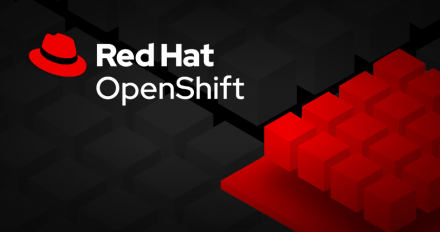
Experience the many enhancements in OpenShift 4.18
Discover what's new for developers in Red Hat OpenShift 4.18, including new
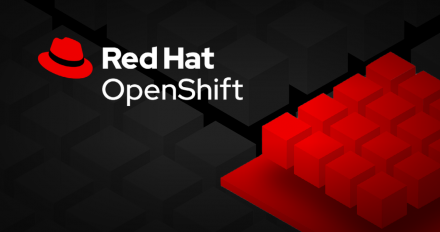
How to secure Azure credentials for OpenShift Lightspeed
Learn how to securely integrate Microsoft Azure OpenAI Service with Red Hat OpenShift Lightspeed using temporary child credentials.
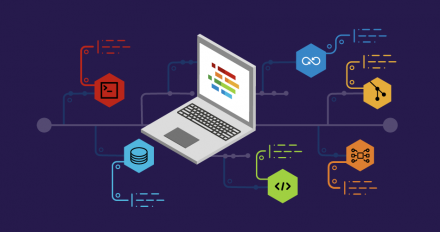
Why developers should use MicroShift
Discover how to install MicroShift and why it’s more compatible with Red Hat OpenShift than other local Kubernetes distributions.

How to deploy confidential containers on bare metal
Learn how to deploy confidential containers on bare metal with the Intel TDX and AMD SEV-SNP Trusted Execution Environments (TEEs).
